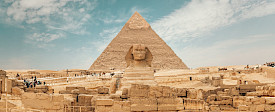When to Go
Egypt is a desert country that is located in North Africa and is bordered by the Mediterranean and Red Sea. The climate is typically hot and sunny year-round. There is very little rain south of Cairo. Alexandria, on the Mediterranean coast, is the wettest city in the country even though it only averages 40 days of rain a year.
The heat of Egypt is dry rather than humid. The best time of year to visit and tour Egypt is October – February. The peak season is from December through February when the accommodations are typically more expensive and the ancient sites are more crowded. The shoulder season, when there are fewer crowds and pleasant temperatures are March, April, and September is a great time to take an escorted tour. Egypt really begins to heat up in May and becomes extremely hot in June, July, and August. In the peak season in Cairo and in the Nile Delta the evenings can be cool so make sure to pack a sweater or jacket.


Why Go
Egypt offers sunny and warm weather year-round. Best of all, it offers a variety of destinations from the bustling city of Cairo and the stark desert beauty of Luxor and Aswan, to the thriving port city of Alexandria, and the beautiful beaches found on the Red Sea.
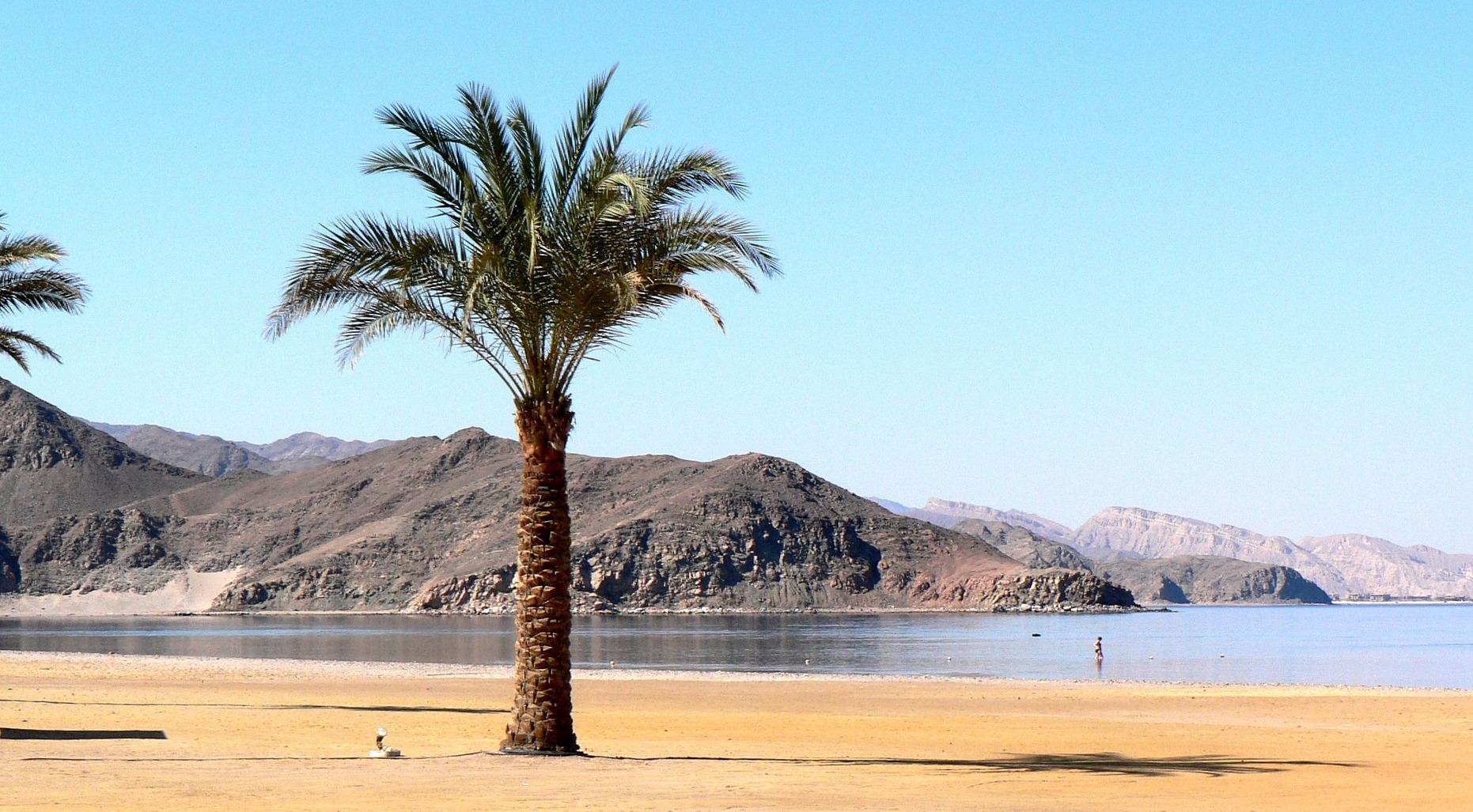
Egypt has been a tourist destination for centuries. The ancient Greeks and Romans were avid visitors. By the time Christ was born the Great Pyramids of Giza were already 2,500 years old and, yes, they were tourist attractions. Egypt has a wealth of pyramids, temples, and tombs that are universally unrivaled. Between them running like a beautiful blue highway is Africa’s fabled river, the Nile that makes its way 4,160 undulating miles through this timeless landscape.
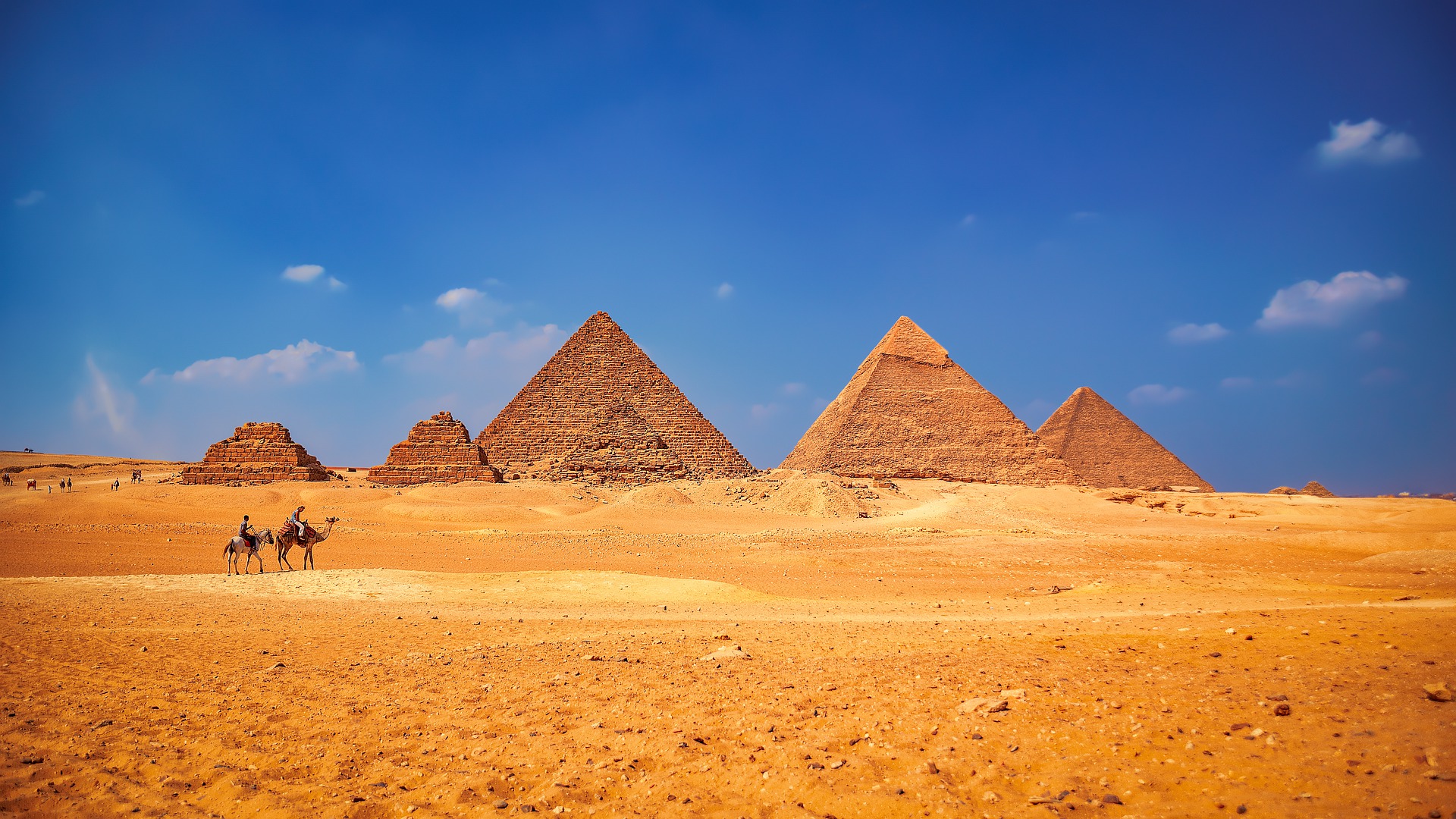
Cairo | The City of a Thousand Minarets
Cairo, the largest city in Africa stands at the crossroads of the Middle East and Africa and has dominated this region for centuries. The city is cosmopolitan and boasts some of the best Islamic architecture and art in the world. The mosques here are considered cultural treasures. And, then there are the pyramids and museums overflowing with art, statues and artifacts of one of the greatest ancient civilizations the world has ever known.
Saqqara - Stepped Pyramid of Zoser and Pyramid of Unas
Saqqara is located in Memphis, the oldest known imperial city on earth founded around 3100 BC by Pharaoh Menes. This was the seat of what is known as the Old Kingdom. Zoser’s funerary complex is the largest at Saqqara and the Stepped Pyramid built by Imhotep represents some of the oldest architecture in the world. Built by King Zoser, the second king in the third dynasty of the old kingdom, this pyramid is considered to be a prototype of those built on the Giza Plateau. It was constructed in steps building up from the traditional mastaba tomb. Just south of the Stepped Pyramid is the pyramid of Unas that was built for the last pharaoh of the Fifth dynasty of the Old Kingdom. Although it doesn’t look like much from the outside, there are magnificent hieroglyphics inside.
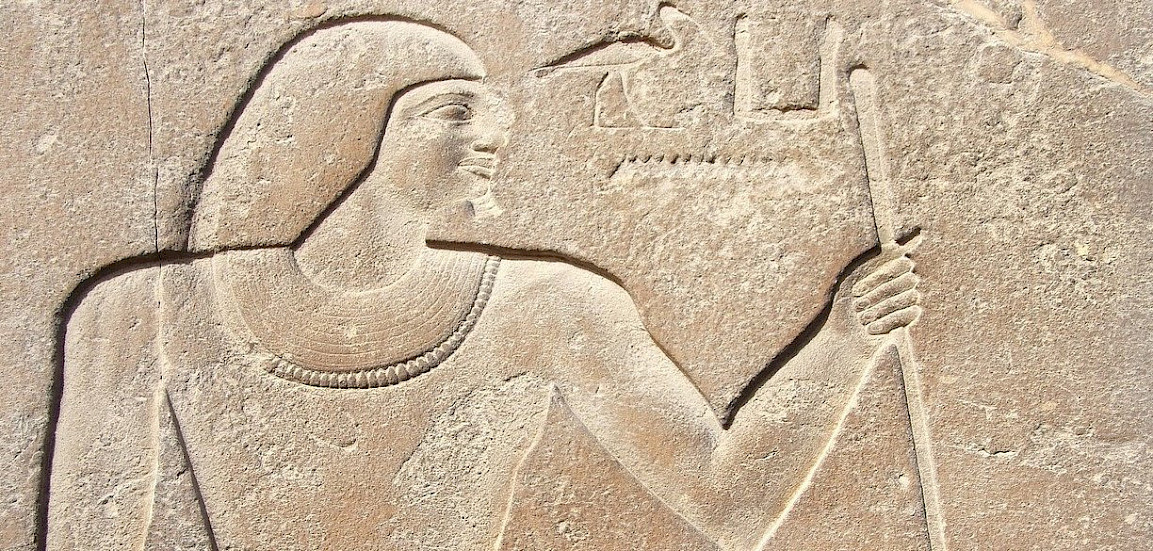
Pyramids of Giza and the Sphinx
Ever since the Greek and Roman era, the Pyramids of Giza and the Sphinx have been one of the world’s greatest tourist attractions. They are considered to be the best preserved ancient monuments in the world. The Great Pyramid of Cheops was built between 2589-2966 BC out of 2,300,000 blocks of stone with an average weight of 2.5 tons. It is the oldest pyramid at Giza. The Pyramid of Chephren (Khafre), and Menkaure date from 2570 BC to 2530 BC. In accordance with Pharaonic custom, mortuary temples, subsidiary pyramids of the Queens, a royal cemetery, a boat pit, and the Sphinx can be found in the area around the pyramids. Made out of sandstone, and located near the mortuary temple of Chephren (Khafre) no one is certain who the Sphinx personifies. The Sound and Light Show at the Pyramids is a spectacle that should not be missed.
Egyptian Museum
Among the museum’s unrivaled collection are the complete burials of Yuya and Thuya, Psusennes I and the treasures of Tanis, and the Narmer Palette commemorating the unification of Upper and Lower Egypt under one king. The museum also houses the splendid statues of the great kings Khufu, Khafre, and Menkaure, the builders of the pyramids at the Giza plateau. An extensive collection of papyri, sarcophagi and jewelry, among other objects, completes this uniquely expansive museum. The ticket window closes at 4 pm.
The Grand Egyptian Museum or GEM
This is the largest museum in the world dedicated to one civilization with over 100,000 artifacts on display. GEM is so large that you can park a 747 inside. The entire collection of King Tut that includes more than 5,000 objects from his tomb will be displayed together for the first time. The opening of GEM is scheduled for 2021. This museum will also have 28 shops, ten restaurants, a conference center, and a cinema.
Islamic Cairo
The Citadel
Saladin, the ruler of Cairo built this complex in the 12th century overlooking the city of Cairo to protect it from Crusader attacks. The views here are spectacular and visitors can see the Pyramids of Giza looming on the horizon. Inside this complex there are three mosques that are open to the public. The Muhammad Ali Mosque also known as the alabaster mosque was built between 1805 and 1840 and has a huge Ottoman dome and two slender minarets that are 270 feet high. The marble courtyard is beautifully proportioned with a central ablutions fountain. The White marble tomb of Mohamed Ali is on the right of the entrance to the mosque. The Sultan al-Nasir Mohammad Mosque was built between 1318 and 1335 and is the best preserved Mamluk building in the Citadel. It is said to be the finest arcade styled mosque in Cairo. The Mosque of Suleyman Pasha (1528) located in the northern enclosure of the Citadel is built in the Ottoman style with its minaret typical of the style found in Istanbul. Inside it has a richly painted central dome area and two side galleries. Also located in the Citadel, the Coach Museum houses a well preserved collection of coaches used by the royal family, the Military Museum has a collection of colonial uniforms and weaponry and the Police Museum has an unusual collection of exhibits relating to policing problems such as the theft of antiquities. Gawhara Palace also on the grounds of the Citadel was once the home of Mohamed Ali and gives visitors a glimpse of how he lived.
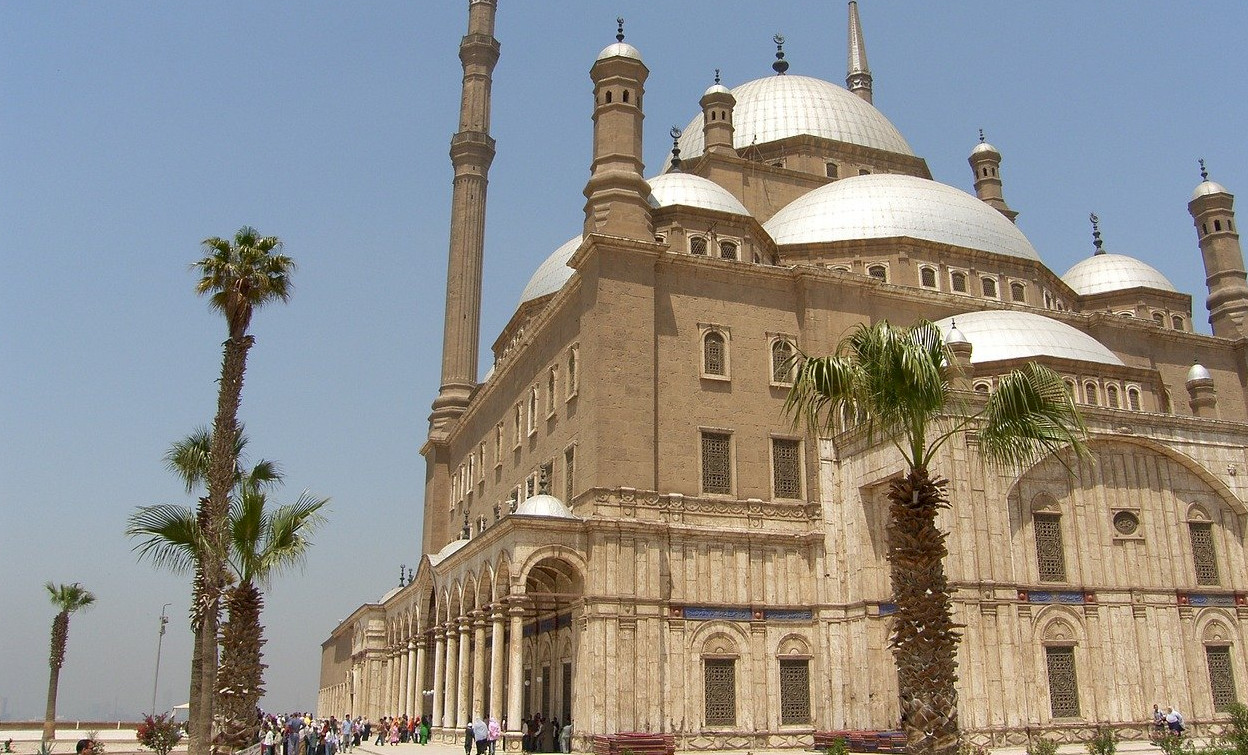
The Mosque of Ahmed Ibn Tulun is the largest mosque in Cairo and was built between 876 and 879 by Ibn Tulun, the son of a Turkish slave who became the Governor of Egypt and declared independence from Baghdad. What makes this mosque unusual is that the artwork and designs are inspired by Coptic art. This mosque is beautiful in its simplicity. The Gayer-Anderson Museum abuts the southeast corner of this mosque and consists of two houses, one dating to 1540, and the other dating to 1601. Originally owned by the Al Kiridhi family, one house was for women and the other for men. The house was sold to the Egyptian government and given to Major Robert Gayer Anderson (1881-1945). It is an excellent example of how a member of the Egyptian Civil Service lived during Ottoman rule.
The Al Azhar Mosque is one of the most famous in Cairo because it also houses a prestigious university. The mosque was built in 970 and the university was established in 988 and, is considered to be the oldest in the world. The entrance to the mosque is through the Barbers Gate where students traditionally had their heads shaved. The courtyard and many of the surrounding buildings date back to the 10th century and were constructed during the Fatimid rule.
Shopping
Khan el-Khalili
Located in the heart of Cairo this has been a shopping “mecca” since 1382 when it was first created around a caravanserai that attracted many foreign and local traders and crafts people. Today, you will find this labyrinthine souk chock full of souvenirs including silver, antiques, jewelry, handmade accessories and carpets, leather, perfumes, alabaster boxes, and much more. There are special areas just for selling gold, herbs and spices, and copper items. Don’t miss a chance to enjoy some traditional Egyptian food, tea, and a hookah at the El-Fishawi café, one of the oldest in Cairo established in 1797.
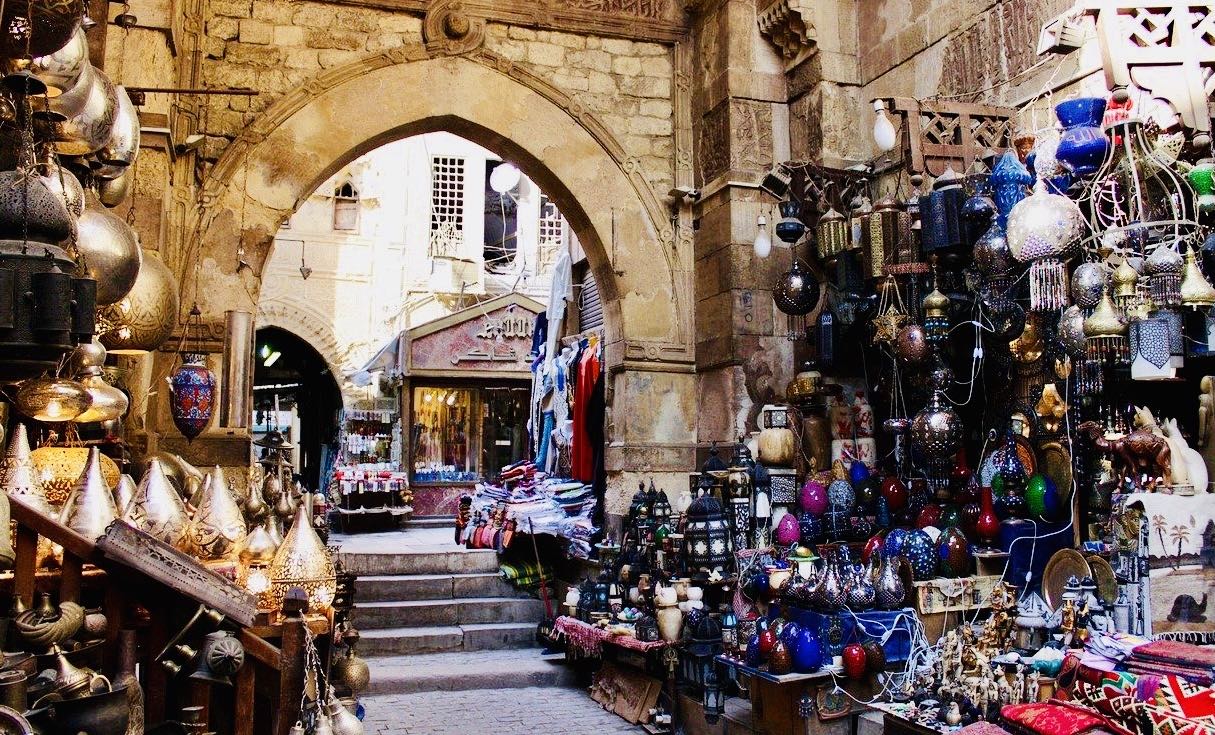
Luxor | Heart of Ancient Egypt
A visit to Luxor is all about being immersed in ancient Egypt. Luxor has been described as the largest open-air museum in the world because it is filled with some of the most awe-inspiring moments of ancient civilizations.
Valley of the Kings
The rulers of the Eighteenth, Nineteenth, and Twentieth Dynasties of Egypt’s prosperous New Kingdom (1550–1069 BC) are interred here. The Valley of the Kings is divided into the East and West Valleys. The eastern is by far the more iconic of the two, as the western valley contains only a handful of tombs. In all, the Valley of the Kings includes sixty-four tombs and an additional twenty unfinished ones that are little more than pits.
What Tombs in the Valley of the Kings
Valley of the Queens
This is the site of where the wives of the Pharaohs were interred. There are 91 tombs here that date to the 18th, 19th, and 20th dynasty. One of the most famous tombs in the Valley of the Queens is the tomb of Queen Nefertari, the favorite wife of Ramses II. The paintings in this tomb are exquisite and look as they they were painted yesterday. It stands like the Taj Mahal as an eternal testament to a king’s love for his wife.
Valley of the Nobles
There are more than 500 tombs of high officials and nobles that were hidden away in this isolated valley. What makes these tombs different from those found in the Valley of the Kings and the Valley of the Queens is that these tomb paintings show scenes of everyday life. There are several outstanding tombs to visit that include the Tomb of Nakht, Tomb of Rekhmire, Tomb of Mena, and the Tomb of Khaemhet. Two outstanding tombs include that of Sennefer the Mayor of Thebes and overseer of the gardens of Amun during the reign of Amenhotep II and, the tomb of Tomb of Ramoza, that dates to the Armarna period of Nefertiti and Akhenaten.
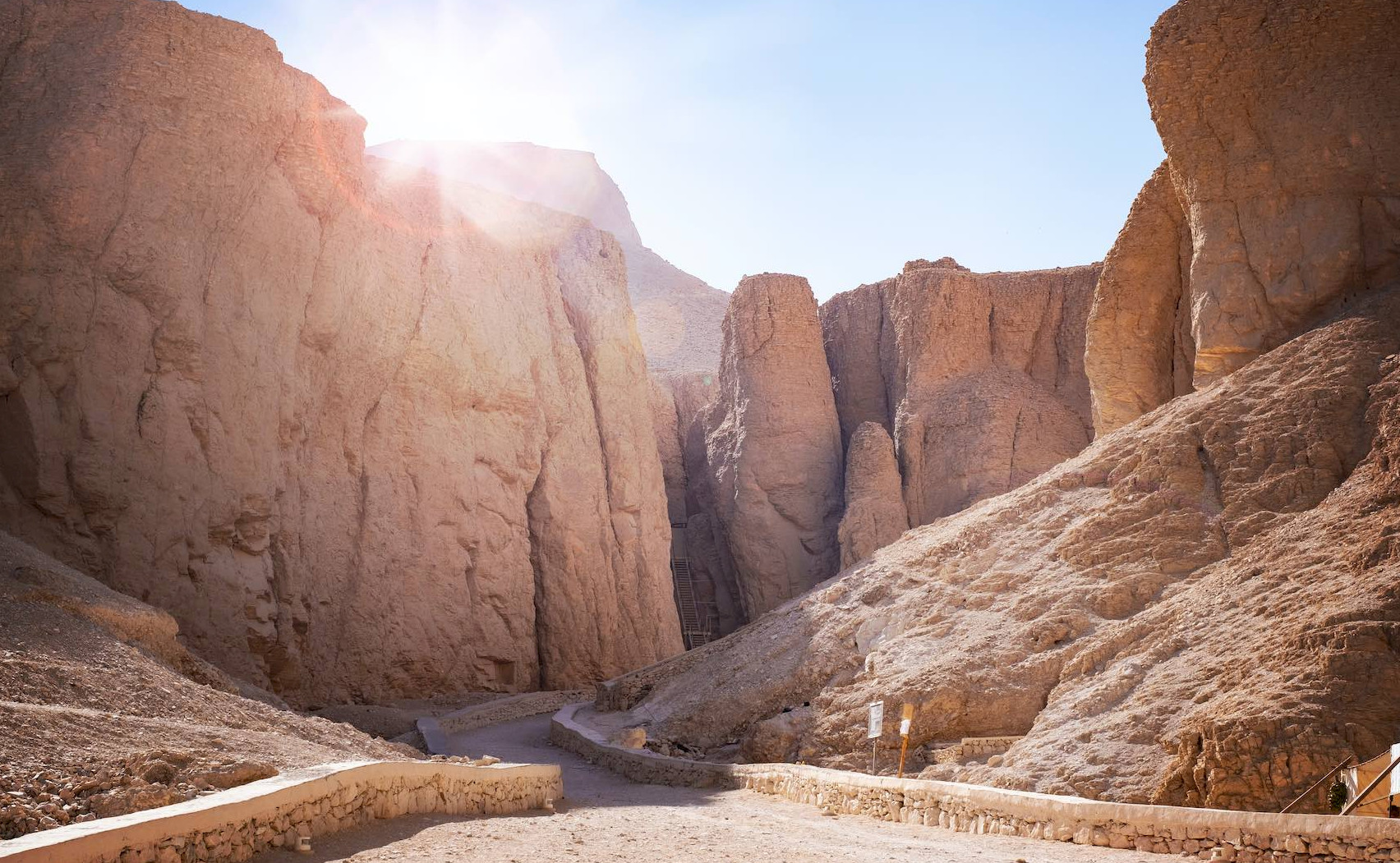
Medinet Habu
The mortuary temple of Ramses III was constructed here and is second only to Karnak in terms of size and complexity. Inside this temple are shrines, a Nilometer, and a palace.
Deir El Medina
This is the site of an ancient Egyptian village that was the home to artists that worked on the tombs in the Valley of the Kings during the 18th to the 20th Dynasties of the New Kingdom. This site is amazing because it shows the organization and living conditions of everyday workers in ancient times.
Temple of Queen Hatshepsut
The magnificent temple built at Deir-al-Bahari by the Queen who became Pharaoh (1473-1458 BC) consists of three levels, each of which has a colonnade at its far end. The uppermost level has an open courtyard surrounded by statutes of Hatshepsut as Osiris, god of the dead and a sanctuary cut directly into living rock for the god Amum. Some of the temple walls are decorated with her celebrated expedition to the fabled land of Punt. The temple is Hatshepsut’s mortuary temple where her cult was practiced after her death.
Temple of Luxor
Located in the heart of modern day Luxor, this temple was once the venue for the grand Opet Festival. This was one of the most important religious festivals in ancient Egypt when the cult images of Amun, his wife Mut, and their son, the lunar god Khonsu, were taken from their temples in Karnak, and transported in a grand procession to Luxor Temple so they could visit the god that resides there, Amenemopet. Many pharaohs added to the construction of the Luxor Temple, the oldest existing structure belongs to Queen Hatshepsut.
Temple of Karnak
Called Ipet-Sut, “the Most Select of Places by the ancient Egyptians, Karnak is the most important temple in Upper Egypt. It is not just one temple but a complex of temples. Thebes was the most important city in the New Kingdom and would remain so throughout the majority of ancient Egyptian history. The temple of Karnak was where the cult of the great god Amun of Thebes was conducted and where the extremely wealthy and powerful priesthood resided. Karnak was accordingly lavished with royal attention in the form construction projects, ritual equipment, and other necessities. Nearly every king from the New Kingdom (c.1550–1069 BC), Egypt’s age of empire, left his mark here. One of the many highlights here is the world famous Great Hypostyle Hall that is a forest of 134 columns. The Sound and Light Show by the Sacred Lake is unforgettable
Aswan | The Splendor of Nubia
Aswan has been Egypt’s southern gateway since the dawn of time. The laid back vibe, the friendliness of the Nubian people, and the breathtaking sunsets make Aswan a surprising highlight of any trip to Egypt.
Temple of Philae
The monuments of Philae include many structures dating predominantly to the Ptolemaic Period (332–30 BC). The most prominent of these is a temple begun by Ptolemy II Philadelphus (285–246 BC), which he dedicated to Isis, the mother of Horus, the god of kingship. The temple of Isis was one of the last ancient Egyptian temples to remain active, as it continued to function until the reign of the Byzantine Emperor Justinian I (527–565 AD), who ordered the foreclosure of all pagan temples. It is here that a priest of Isis named Esmet-Akhom carved the very last dated hieroglyphic inscription, which dates to the late 4th century AD (394 AD). The temple was converted into a Christian church and many inscriptions were deliberately destroyed. The temple was moved from one island to this island when the Aswan High Dam was built. The Sound and Light Show at this temple is spectacular.
Abu Simbel
Four colossal statutes of Ramses II (the Great) were cut into living rock around 1264 BC. Inside this magnificent temple statues of the King line the main hall that leads to a sanctuary where four gods sit Amun-Ra, Ra-Horakhty, Ptah and Ramses II. The temple was built so that on two days a year in February the sun illuminates this innermost sanctuary. The temple walls record the famous Battle of Kadesh. A nearby smaller temple is dedicated to the goddess Hathor and Ramesses II’s Great Royal Wife, Queen Nefertari. These two temples were moved here in 1968 after the Aswan High Dam was built and threatened to flood them.
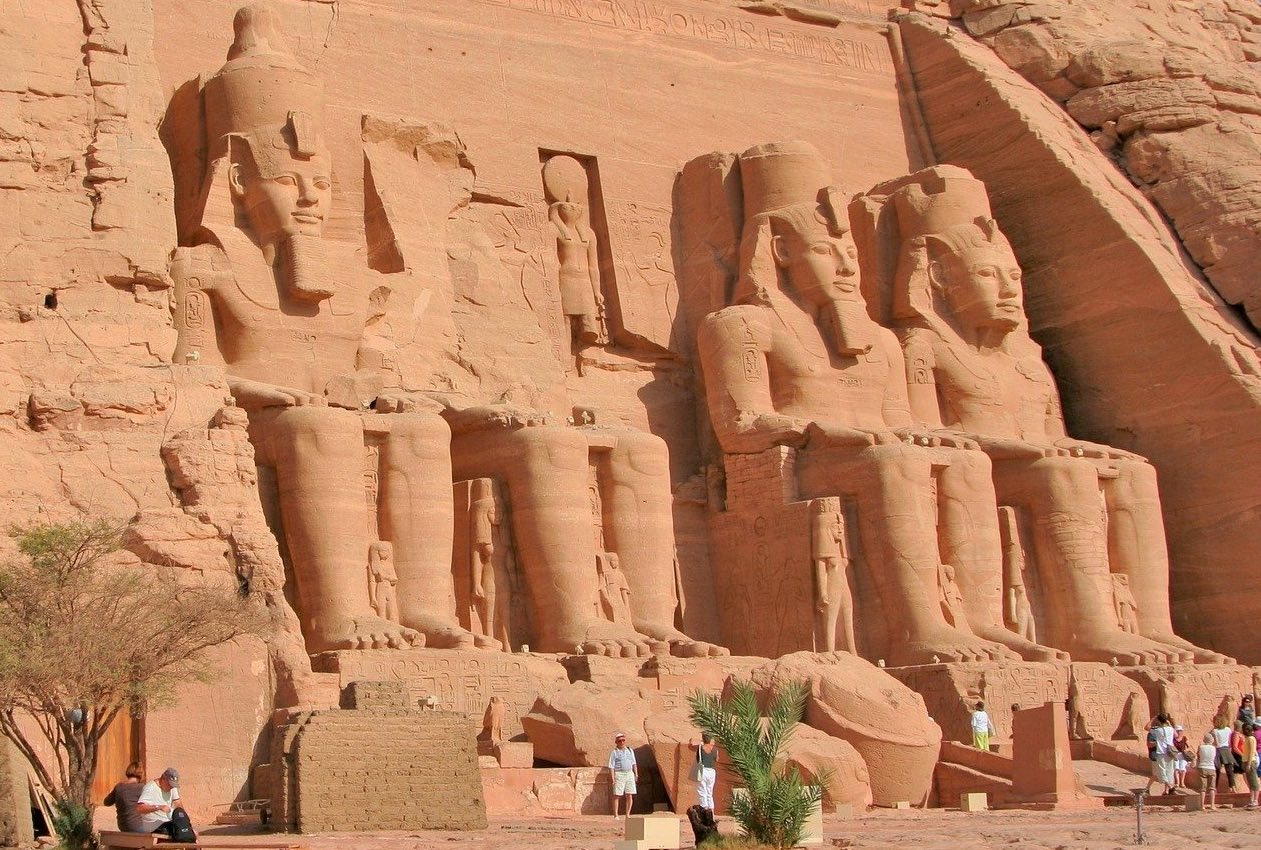
Elephantine Island & Nilometer & Aswan Museum
This island gets its name from the black rocks off its southern tip that resembles bathing elephants. Ferries run back and forth to the island that is worth visiting. There is the Temple of Khum, a Roman Nilometer, a small museum, and a Nubian village.
Felucca on the Nile & Kitchener Island
A felucca ride on the Nile to Kitchener Island is a wonderful way to experience the Nile, especially at sunset. The island was presented to Lord Kitchener in gratitude for his successful Sudanese campaign in the 1890s. Kitchener had a great love of plants and created a paradise of exotic trees, plants and well planned walkways that make a visit here relaxing.
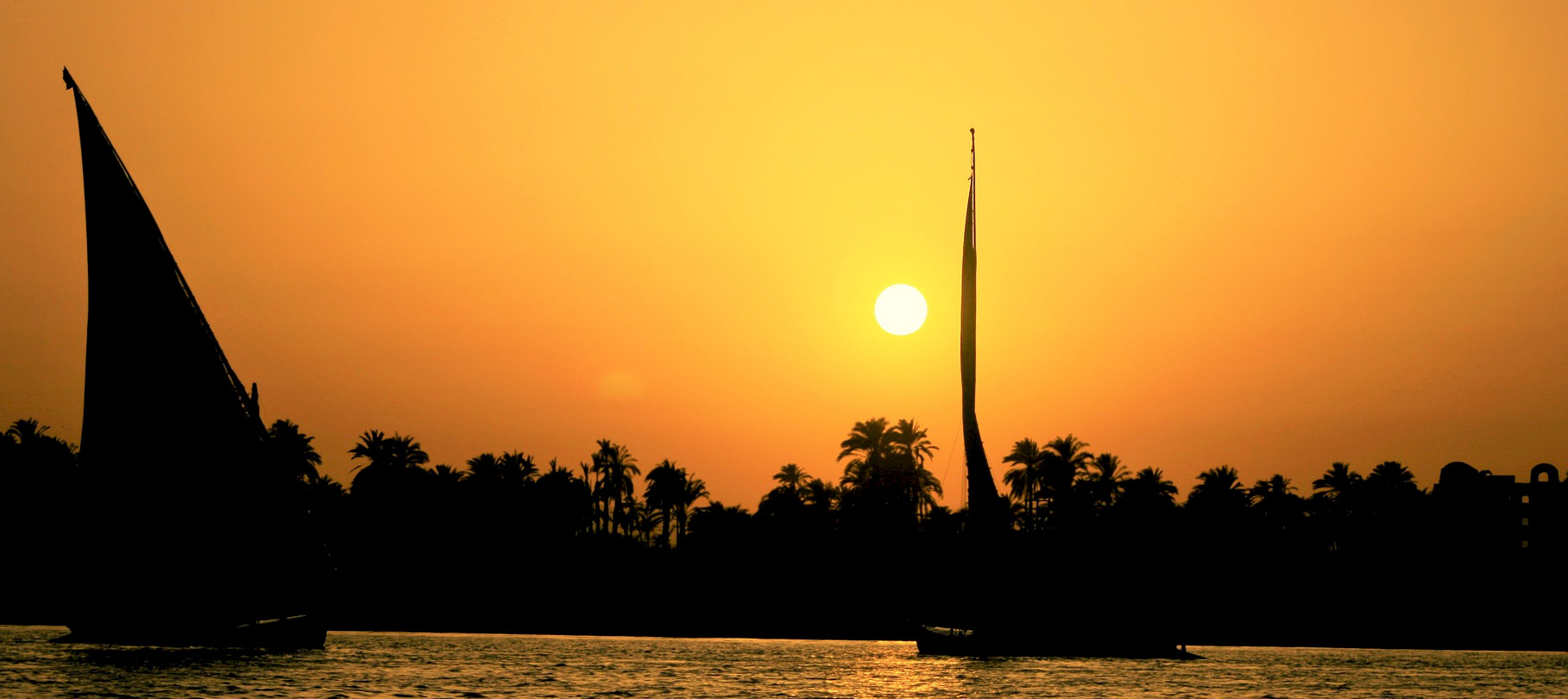
Monastery of St. Simeon
For the adventurous take a felucca and then a camel ride to this monastery in the desert that was built in the 7th century and rebuilt in the 10th century in honor of the 4th century monk, Anba Hadra.
Necropolis of Nobles
The riverside cliff on the west bank of the Nile is honeycombed with tombs from various periods of high- ranking officials and Nobles. It is illuminated at night and quite spectacular. The tombs are open to the public.
Temple of Kalabsha
Built during the Roman period around 30 BC this temple is located behind the Aswan High Dam. It is off the beaten tourist path making a visit here rewarding. The temple has many fine reliefs and a staircase that leads to the roof where one can see a splendid view of the sacred lake. Like Abu Simbel, this temple was also relocated after the Aswan High Dam was built.
Alexandria | The Pearl of the Mediterranean
Alexandria has been a thriving port city since Pharaonic times. It is located on the Mediterranean and is Egypt’s second largest city. Many locals come here for the beaches. The city has a spirited vibe with a touch of nostalgic belle époque.
Bibliotheca
Alexandria was once famed for its library. The loss of this library was a great tragedy for the world. In present day Alexandria, visitors will find the Bibliotheca that was modeled after that ancient wonder. The library is a cultural center that also has museum exhibits.
Alexandria National Museum
Located in a grand palace this museum contains more than 1800 artifacts that tell the story of Alexandria from its earliest beginnings to the modern day. Not to be missed is the special hall for antiques that have been recovered from the harbor and represent ancient Alexandria.
Montazah Palace Gardens
If you want to get away from the hustle and bustle of the city head to this lovely oasis overlooking the sea where Egyptian Royalty lived until 1932. This property was most recently used by Hosni Mubarak. It is built in a mixture of Ottoman and Florentine styles.
Fort Qaitbey
This fortification sits at the entrance of the harbor and was built in 1479 as one of the most important defensive strongholds in Egypt on the Mediterranean coast. It replaced the famous Lighthouse of Alexandria, one of the seven wonders of the ancient world.
Walk the Corniche
This enchanting 12-mile waterfront promenade is a reminder of the elegance of 19th and 20th century Egypt, when Alexandria was the melting pot of cultures. Along the way you will stroll past Fort Qaitbey, Bibliotheca, and the Montazah Palace.
Ramadan
The dates for the Islamic holiday of Ramadan, a month long festival changes every year because it is dictated by lunar events. Ramadan commemorates the time of year when Allah first began revealing passages of the Koran to the Prophet Mohammad. During Ramadan Muslims refrain from eating, smoking, drinking, and sexual activity from sunrise to sunset and, only break their fast at sunset. The end of Ramadan is commemorated with a three-day festival called ‘Eid ul-Fitr.’ Some historic sites may close earlier and some restaurants outside of tourist areas may also be closed. Ramadan usually takes place in March or April, for an exact date you can check-out this calendar.
Egyptian Food
Often said to be the National Dish of Egypt, ful medames (pronounced fool) is a mixture of mashed broad fava beans flavored with garlic and olive oil. It is often put into pockets of pita bread and is a popular street food that is often eaten for breakfast.
Tamiya is another staple traditional Egyptian dish that is known in the U.S. as falafel. This dish is made with mashed fava beans instead of chickpeas and a mixture of parsley, white onion, garlic, and leeks that give these fried balls of goodness their green color.
Koshary is another delicious Egyptian dish that consists of a layering of rice, macaroni, lentils, and chickpeas that are topped off with caramelized onions and a red sauce made of garlic, chili, and vinegar.
Molokhia another traditional Egyptian dish is a stew made from a leafy green known as jute mallow. The broth can be chicken, beef, or seafood and it is mixed with coriander and fried garlic. The consistency of the soup is like okra and has a earthy spinach like flavor.


